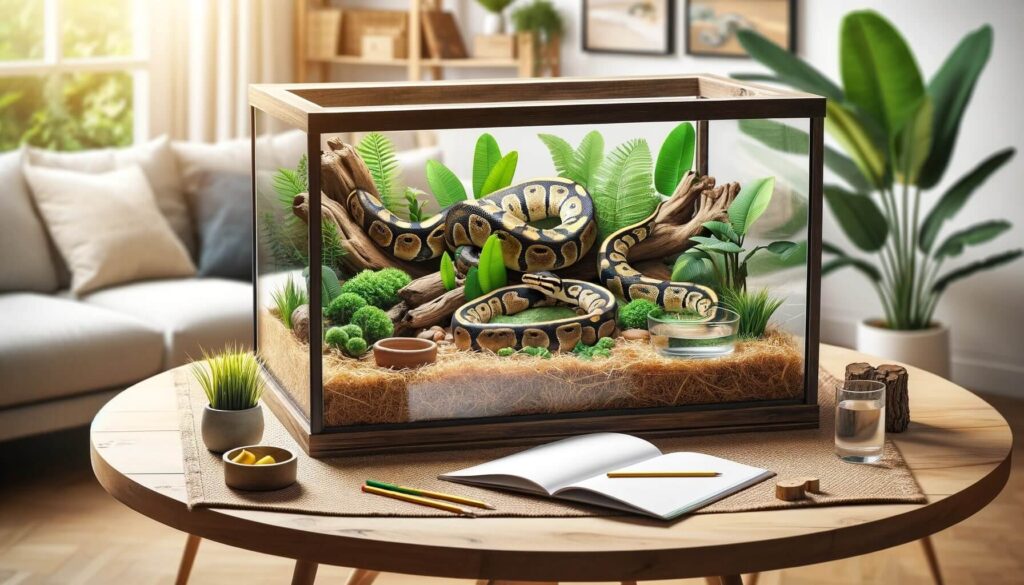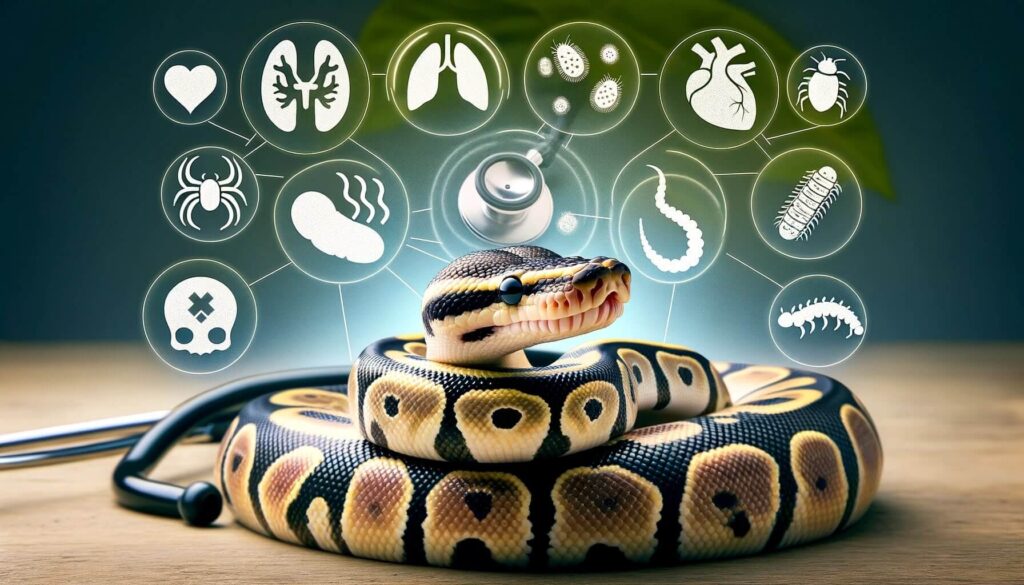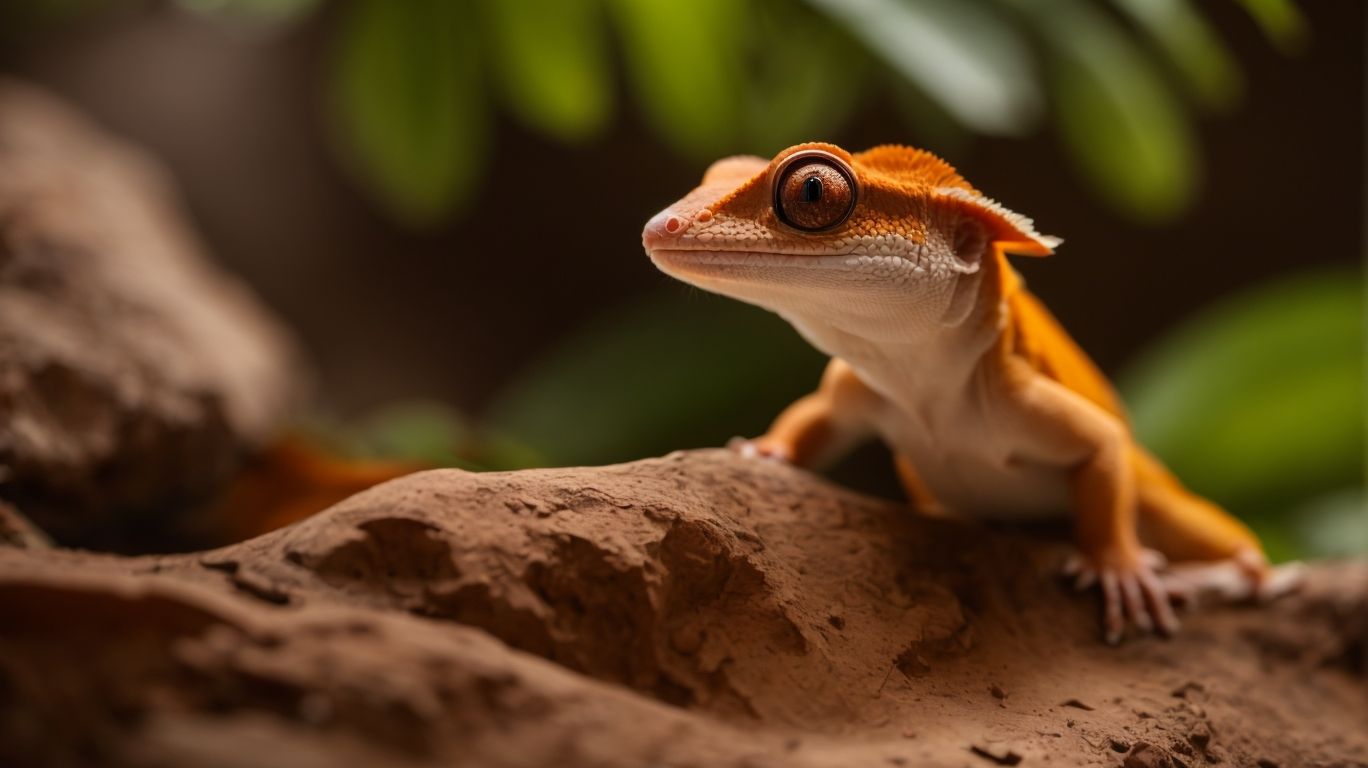
Meet the Gorgeous Banana Ball Python: All You Need to Know
Welcome to the world of the stunning banana ball python! If you’re a reptile enthusiast or simply someone who appreciates the beauty and diversity of our animal kingdom, then you’re in for a treat. The banana ball python, also known as the banana ball python, is a popular and sought-after snake among pet owners and breeders alike. Its striking appearance, docile nature, and manageable size make it a top choice for those looking to add a unique and captivating reptile to their collection. In this post, we’ll dive into all you need to know about these gorgeous creatures and why they’ve become a must-have for many snake lovers.
Table of Contents
Understanding the Basics of Banana Ball Pythons
The banana ball python is a captivating snake with a unique and eye-catching appearance. These stunning creatures are known for their bright yellow and orange scales, which give them a vibrant and beautiful look. Banana ball pythons are a morph of the regular ball python and have been selectively bred to exhibit this stunning coloration.
Banana ball pythons are a relatively small species, with males reaching an average length of 3-4 feet and females growing slightly larger at 4-5 feet. They are a popular choice among snake enthusiasts due to their manageable size and docile nature.
In terms of their genetics, banana ball pythons can exhibit a range of other morphs such as cinnamon, pied, pastel, spider, and many more. This means that when breeding banana ball pythons, you can create some truly unique and visually striking offspring.
Unique Appearance of Banana Ball Python

The stunning banana ball python is truly a sight to behold. With its unique and captivating appearance, it stands out among other snake morphs. The most prominent feature of the banana ball python is its vibrant coloration. Ranging from a basic tan to a more ethereal lilac, it’s the bright yellow spots that truly make this snake a standout. Unlike albino ball pythons, banana ball pythons have darker eyes, adding to their allure.
In terms of physical characteristics, banana ball pythons have a stout body that reaches around four to five feet in length. Their triangular head and backward-facing fangs give them a distinct look. When feeling threatened, these snakes have a habit of retreating into a ball, which is how they earned their name.
Whether you’re drawn to the classic banana pied ball python, the striking cinnamon banana ball python, or the ethereal pink banana ball python, there are numerous variations to choose from. Each one is unique and visually stunning, making the banana ball python a popular choice among snake enthusiasts and collectors.
Lifespan and Size: What to Expect?

As a reptile enthusiast, it’s important to have a good understanding of the lifespan and size of your beloved banana ball python. These beautiful creatures can bring joy and fascination to your life, so let’s dive into what you can expect.
The lifespan of a banana ball python can range from 20 to 30 years with proper care. This is a long commitment, so be prepared to provide a loving and stable environment for your snake throughout its life. With proper nutrition, a suitable habitat, and regular veterinary check-ups, your banana ball python can live a long and healthy life.
In terms of size, banana ball pythons are relatively small compared to other snake species. Males typically reach an average length of 3 to 4 feet, while females can grow slightly larger at 4 to 5 feet. This makes them a manageable size for snake enthusiasts of all experience levels.
Keep in mind that there are different morphs of banana ball pythons, such as the banana pastel ball python, banana cinnamon ball python, albino banana ball python, and more. These different morphs may have slight variations in size, but overall, the size range remains relatively consistent.
Remember to provide your banana ball python with a suitable enclosure that allows for plenty of space to move and explore. It’s also essential to monitor their growth and weight regularly to ensure they are developing properly and maintaining a healthy size.
A Peek into the Behaviour and Temperament of Banana Ball Pythons

If you’re curious about the behavior and temperament of the stunning banana ball python, you’re in for a treat. These captivating creatures have a reputation for being docile and gentle, making them a popular choice among snake enthusiasts.
Banana ball pythons are known for their calm and relaxed nature, often exhibiting a mild disposition. They are generally easy to handle and are comfortable being held by their owners. This makes them an ideal pet for those who are new to snake ownership or those who prefer a more laid-back reptile companion.
However, it’s important to remember that each snake has its own unique personality, so individual temperament can vary. Some banana ball pythons may be more curious and active, while others may be more shy and reserved. It’s important to spend time with your snake, getting to know their behavior and preferences, and providing a secure and stimulating environment for them to thrive.
As with any snake, it’s important to handle them with care and respect. Always approach your banana ball python slowly and gently, allowing them to become familiar with your presence. Avoid sudden movements or loud noises that may startle them. By treating your snake with patience and kindness, you’ll develop a bond based on trust and mutual respect.
Care and Husbandry for a Healthy Banana Ball Python

Caring for a Banana Ball Python is crucial to ensuring their overall health and well-being. Here are some essential tips for providing proper care and husbandry for these amazing snakes.
Enclosure: It is essential to provide a suitable enclosure for your Banana Ball Python. A spacious tank with secure lids is necessary to prevent any potential escapes. The enclosure should include a heat source, such as an under-tank heating pad or heat lamp, to create a temperature gradient. Maintain an ambient temperature between 78°F to 80°F (25.5°C to 26.5°C), with a basking spot around 90°F (32°C). Nighttime temperatures can be slightly cooler, but ensure they don’t drop below 75°F (24°C). These ranges mimic the natural habitat of the Banana Ball Python and support their physiological needs.
Humidity: Maintaining the right humidity level is vital. Aim for around 50-60%, which can be achieved by misting the enclosure regularly or using a humidity box filled with damp moss. Adequate humidity helps with shedding and overall respiratory health.
Substrate: Use a substrate that holds moisture well, such as cypress mulch or coconut husk. This helps maintain humidity levels and provides a naturalistic environment. Clean the substrate regularly to prevent bacterial growth.
Hiding Spots: Banana Ball Pythons are nocturnal and need hiding spots. Provide multiple hiding spots, such as caves or hollow logs, to allow your snake to choose their preferred resting place.
Lighting: Ensure that the enclosure has appropriate lighting conditions. While Ball Pythons don’t require UVB lighting, providing a gentle, low-intensity light during the day can help regulate their day-night cycle and contribute to their overall well-being. However, always provide a dark and quiet environment during the night to mimic their natural habitat and support their natural behaviors.
Feeding and Nutrition of Banana Ball Python

Feeding and nutrition are essential aspects of caring for a Banana Ball Python. These reptiles are carnivores and primarily feed on mice or rats. It’s important to offer them appropriately sized prey to ensure they can easily consume their food.
For young banana ball pythons, start with feeding them pinky mice, gradually increasing the size as they grow. Adult snakes can be fed larger prey, such as adult mice or small rats. It’s important to monitor their feeding habits and adjust the size of the prey accordingly.
While feeding banana ball pythons, keep an eye out for common challenges such as refusal to eat or regurgitation. Refusal to eat can occur due to stress, improper temperatures, or changes in the environment. If your snake consistently refuses food, it may be necessary to consult with a veterinarian. Additionally, regurgitation can be a sign of overfeeding, handling the snake too soon after eating, or other health issues. Ensuring a quiet and stress-free environment during and after feeding helps minimize these challenges.
In addition to offering the right-sized prey, it’s crucial to consider the nutritional requirements of your banana ball python. The prey should be a suitable source of essential nutrients such as calcium and vitamins. To enhance their nutritional intake, consider dusting the prey with reptile-safe supplements before feeding. Avoid feeding your snake wild-caught rodents, as they may carry diseases or parasites. Instead, opt for commercially bred rodents that are specifically raised as reptile food to meet the nutritional needs of your python. Proper hydration is also crucial for their health, so ensure that a clean water bowl is available at all times. Snakes may soak in their water bowl to aid in shedding, so it’s important to monitor water quality and cleanliness.
Health Concerns to be Aware of in Banana Ball Pythons

While the stunning banana ball python is a captivating and beautiful reptile to own, it’s important to be aware of potential health concerns that may arise. By understanding and addressing these issues promptly, you can ensure the well-being of your scaly companion.
One common health concern in banana ball pythons is respiratory infections. These can occur due to improper temperature or humidity levels in their enclosure, which can lead to respiratory distress and difficulty breathing. Regularly monitoring and maintaining the appropriate conditions will help prevent these infections.
Another concern to be aware of is the possibility of parasitic infestations, such as mites or ticks. These pests can cause discomfort, irritation, and even lead to more serious health issues if left untreated. Regularly inspecting your snake for any signs of infestation and promptly treating them will help keep your snake healthy.
It’s also essential to be cautious when handling your banana ball python to prevent any injuries or stress. Gentle and proper handling techniques will help avoid any potential harm to their delicate bodies.
Legal and Ethical Considerations for Owning a Banana Ball Python

Owning a banana ball python can be a rewarding experience, but it’s important to understand the legal and ethical considerations involved. Before bringing a banana ball python into your home, there are a few things to consider.
First and foremost, make sure you are legally allowed to own a banana ball python in your area. Some states or countries have specific regulations regarding the ownership of exotic pets, including snakes. It’s important to familiarize yourself with these laws to ensure you are in compliance.
When it comes to purchasing a banana ball python, it’s essential to do so from a reputable and ethical source. Look for breeders or pet stores that prioritize the well-being and health of their snakes. Avoid purchasing from sellers who engage in unethical practices such as smuggling or mistreatment of animals.
It’s also important to consider the long-term commitment of owning a banana ball python. These snakes have a lifespan of up to 30 years, so be prepared for a lifelong commitment. Ensure you have the time, resources, and knowledge to provide proper care for your snake throughout its life.
Finally, be mindful of the impact that the demand for banana ball pythons may have on wild populations. Captive breeding programs help reduce the need to take snakes from their natural habitats. Consider supporting breeders who prioritize sustainability and conservation efforts.
Introduction to Morphs in Ball Pythons
As we continue our exploration into the fascinating world of banana ball pythons, it’s important to discuss another intriguing aspect of these reptiles – their morphs. Morphs refer to the variations in color and pattern that can be found within a single species of snake. In the case of ball pythons, there is an incredible array of morphs available, each with its own unique characteristics and appearance.
The world of ball python morphs is truly a sight to behold. From striking albino morphs with their stunning white scales and piercing red eyes to the mesmerizing patterns of the pied morphs, there is a morph to suit every snake lover’s taste. Morphs can vary in color, pattern, and even scale texture, creating a seemingly endless array of possibilities.
Breeding programs have played a significant role in the development and popularity of ball python morphs. Through selective breeding, breeders have been able to produce new and exciting combinations, resulting in even more stunning morphs being introduced into the market.
One such captivating morph is the Banana Ball Python, known for its vibrant yellow hues and unique appearance. The origin of the Banana Ball Python morph can be traced back to a genetic mutation. This mutation resulted in the distinct coloration and pattern exhibited by these snakes. The discovery of the Banana Ball Python marked a significant milestone in the world of ball python morphs, adding a new and visually striking variant to the diverse spectrum of available morphs.
The history of the Banana Ball Python morph is a testament to the continuous exploration and fascination with genetic variations in reptiles. As breeders identified and selectively bred individuals with the Banana morph, the popularity of these snakes grew, and they became sought after within the reptile community.
The genetic mutation responsible for the Banana Ball Python morph involves alterations in pigment production, leading to the unique yellow coloration seen in these snakes. This mutation has been carefully studied and understood by breeders, allowing for intentional breeding to produce more Banana morphs. Understanding the genetic basis of this morph not only contributes to the breeding efforts but also enhances our knowledge of the intricate genetic diversity present in ball pythons.
In conclusion, the world of ball python morphs is a captivating and ever-evolving landscape. From the vibrant yellow hues of the Banana Ball Python to the mesmerizing patterns of the pied morphs, there is a morph to suit every taste and budget. Exploring the variety of morphs available adds an extra layer of excitement and uniqueness to the already fascinating world of banana ball pythons. Whether you’re a seasoned snake enthusiast or a newcomer to the reptile world, discovering the world of morphs in ball pythons is sure to leave you captivated and eager to learn more.
Related Posts

Incubating Crested Gecko Eggs: Essential Techniques and Tips
Crested geckos are fascinating reptiles that are known for their…

Red Crested Gecko Health: Common Issues and Preventive Care
Are you a proud owner of a red crested gecko?…

Creating the Ideal Environment for Your Red Crested Gecko
Do you own a red crested gecko or are you…

No Comments